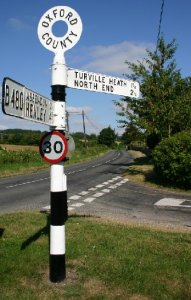How to Write - The Reader's journey.
Writing starts with the Reader.
there is an audience - even if that is the Writer themselves
 Readers like to travel in comfort, they like their path to be smooth and clearly marked. If the Reader's journey is difficult they will abandon it and turn back. Each paragraph should signal what is coming next. Your introduction should open up the path and your conclusion should close the gate at the end of it.
Readers like to travel in comfort, they like their path to be smooth and clearly marked. If the Reader's journey is difficult they will abandon it and turn back. Each paragraph should signal what is coming next. Your introduction should open up the path and your conclusion should close the gate at the end of it.
The Reader also wants their journey to be interesting and valuable. They want to marvel at the use of grammar and be stopped in their tracks by wonderful adjectives and linking words.
If the journey is fraught with irritations such as poor spelling or senseless mistakes they will not feel satisfied with their journey.
Remember - an examiner is a Reader too!
Writing journeys, like all great journeys, go better if they are well planned, so planning is the first key element to consider.
A good journey is balanced (stops for lunch and photos etc) so balance gives the Reader satisfaction.
Your Reader will appreciate a well - selected route this can be achieved by control over the language.
Finally, we do not want our Reader to encounter any danger on their journey, so please remember to check everything before you allow them to begin!
Click on the word to find out how to do each of these.
A footnote: Great writers often want to make their Readers uncomfortable and provide them with a journey that is full of danger and mystery. If you are planning to write great literature then this guide is not for you.
In order to break the 'rules' you have to know them and writers of great literature do.







